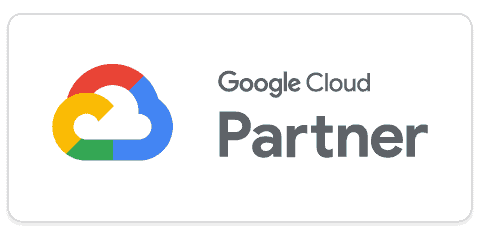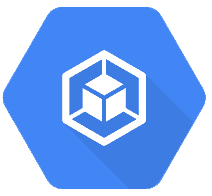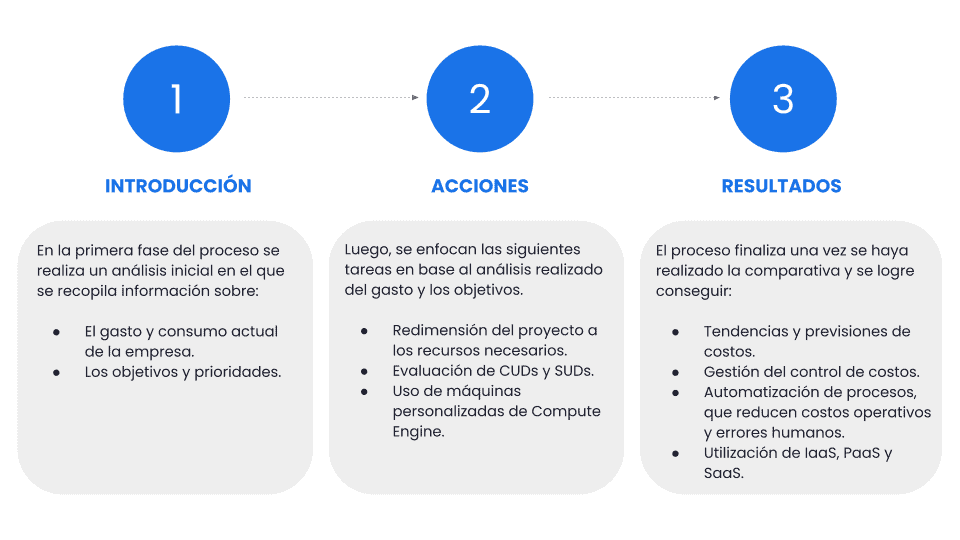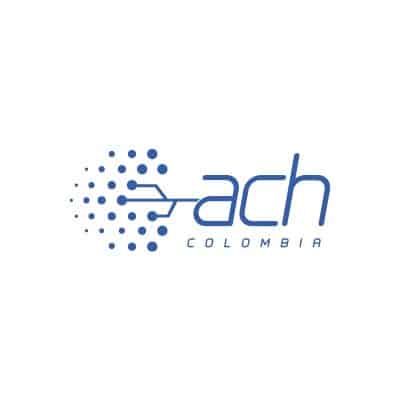
Cloud containers
Kubernetes is the next step in application virtualization with Google Cloud Platform. Allows the automation, maintenance, portability and flexibility of the software executed in their containers.
- Resilient infrastructure
- Scalability without changing architecture
- Automation
- Working on an Infrastructure as Code (IaC) scheme
- Reduction of time and effort
- Digital transformation


What can you do with Google Kubernetes Engine?
Kubernetes allows deploy, manage and scale containerized applications, powered by Google Cloud Platform.
All your applications in the cloud
Google Kubernetes Engine has a multi-cloud platform that allows developers to focus on generating value instead of focusing on optimizing and maintaining infrastructure.
Fail-safe, scalable and flexible architecture
Kubernetes deploys applications in infrastructures dedicated to specific tasks or processes that, once completed, disappear, freeing up resources.
Greater optimization of operations
With the Kubernetes working model, it is possible to increase the number of simultaneous users without affecting the customer experience or having to perform manual operations to support the workload.
What are the main differences between GCP, Azure and AWS?
One of the characteristics to take into account is that Kubernetes was devised by Google and was the first public cloud provider to enable an enterprise service.
| Main differences | Google Kubernetes Engine (GKE) | Azure Kubernetes Service (AKS) | Amazon Elastic Kubernetes Service (EKS) |
|---|---|---|---|
| Release date | 2015 | 2018 | 2018 |
| Automation and Management | GKE nodes are managed, updated and patched by Google. | Nodes must be managed by users. | Nodes must be managed by users. |
| SLA | 99.95% | 99.95% | 99.95% |
| Scalability | Increases the necessary resources in a unitary manner and to the user's size. | Increase resources in predefined packages. Not user configurable. | Increase resources in predefined packages. Not user configurable. |
| Node self-healing | GKE nodes are powered by automatic node health repair. | AKS nodes are powered by automatic node health repair. | There is no automatic node repair system. |
| Update | GKE nodes are automatically updated in a set time window. | The update process is semi manual. | The update process is completely manual. |
What is Total Cost Ownership?
Within the migration process Kubernetes, is delivered Total Cost Ownership (TCO), a comparison that shows everything that Kubernetes allows, the situation of your company before and after the migration, resulting in a great cost savings and improved ROI.

Google Cloud Customer Success Stories

How did Kubernetes help ACH Colombia?
"From my perspective I can say that Google Cloud has been of great help and where we have found great advantages when allow adaptability that we require to use the service in different layers"

Luis Alberto Fernandes Pulido
Vice President of Operations and Technology of ACH Colombia
Do you want us to advise you on Google Cloud Platform?
Leave us your information here and we will contact you

